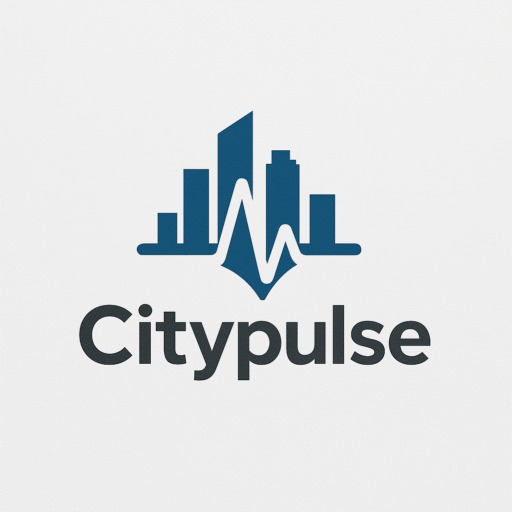Starlink, the satellite internet constellation operated by Elon Musk’s SpaceX, has generated substantial buzz for delivering high-speed broadband worldwide. As Starlink expands service in South Africa in 2023, many wonder what to expect for “Starlink prices South Africa” going into 2024 and beyond. This guide examines estimated monthly costs, hardware expenses, performance considerations, and overall value comparisons to help South Africans weigh if Starlink is affordable.
Understanding Starlink’s Internet from Space
For those unfamiliar, Starlink works by linking a massive grid of small low earth orbit (LEO) satellites to beam internet directly to compact user terminals on the ground. Some key facts:
– Over 3,000 satellites deployed since 2019 with plans for up to 42,000 to completely blanket global coverage.
– Satellites orbit at 550 km altitude, allowing lower latency than traditional satellite internet providers.
– User terminal has motorized dish for locating satellites and router for wifi connectivity.
– Leverages phased array antennas and data routing between satellites to deliver consistent internet speeds.
While still growing the constellation, Starlink enables high-speed internet in remote areas unserved by cable and fiber connections. It competes against cellular data and legacy satellite providers.
Price of Starlink in South Africa
Starlink accepted preorders in South Africa in 2022, with wider public availability expected through 2023. How do pricing details look so far?
– Hardware costs R7700 one-time upfront for user kit. Includes dish, router, cables and mounts.
– Monthly subscription projected at R650-R800, comparable to U.S. pricing. Likely tied to rural installation readiness.
– Expect tiered speed packages like 100Mbps for R650 to 200Mbps for R1200+ per month for optimal performance.
– Business plans with higher uptime guarantees and dedicated support will carry steeper pricing.
– Initial coverage will focus on metro areas first before expanding nationwide by late 2023 and through 2024.
While not concrete yet locally, Starlink’s pricing evolution in established markets provides guidance on what to expect.
Ongoing Starlink Subscription Cost Considerations
Starlink’s primary appeal rests in delivering fast speeds comparable to fiber. But what should South Africans watch for concerning recurring costs?
– Peak versus off-peak pricing – possible billing tiers based on usage timeframes to manage network demand, as seen abroad.
– Congestion throttling – lower speeds during peak congestion may encourage upgrading to higher priced service tiers.
– Monthly data caps – while unlikely initially, could change as user numbers increase substantially.
– Price hikes – as bandwidth expands in South Africa, expect gradual increases to globally align pricing.
– Long term contracts – if seeking subsidies for rural expansion, may require 1-2 year locked subscriptions.
While Starlink aims to be competitive on pricing, expect adjustments reflecting infrastructure growth and usage patterns.
How Internet Performance Impacts Perceived Value
Starlink’s price-to-performance ratio will be key for adoption. South African consumers should assess:
– Speed consistency – Review speed tests showing reliability during weather events, peak usage, and congestion.
– Latency – Satellite latency of 20-40ms won’t match fiber, but beats legacy satellite and rural cellular.
– Data caps – Truly unlimited data encourages usage, unlike restrictive mobile data limits.
– Ease of setup – Requiring professional installation hurts overall cost. DIY is better.
– Network uptimes – Verify uptime metrics and outage response rates.
If real-world speeds and reliability match hype as infrastructure rolls out, South Africans may happily pay premium monthly costs for quality access.
How Starlink Compares to Other South African Internet Options
To gauge value, Starlink’s estimated R600-R1200 monthly costs stack up against local competitors as:
– More than uncapped ADSL (R400 avg) but faster speeds with lower latency.
– On par with low-tier uncapped fiber like Diginet (R699 basic). More reliable than wireless fiber providers.
– Cheaper than high-end fiber like Vumatel (R1600+ premium packages). But slower peak speeds.
– Much cheaper than satellite providers like YahClick offering 2-5Mbps packages.
For rural users beyond reach of standard wired options, Starlink represents a major speed boost despite higher costs over ADSL. Those with cell signal may see less benefit balancing phone top-up data and Starlink subscriptions.
Will Starlink Maintain Affordable Pricing as Demand Rises?
While Starlink costs appear competitive now, how will massive demand impact pricing? Some projections:
– Hardware subsidies – Expect upfront dish/router costs to drop gradually as SpaceX recoups R&D expenses and benefits from economies of scale. This lowers barriers to entry.
– Speed tiering – Base speeds may remain at R600-R800 but premium 100Mbps+ plans get introduced at R1200-R2000 for power users.
– Congestion throttling – Avoiding network congestion will require periodic speed throttling during peak hours for lower tiers.
– Contract lock-ins – Longer 1-2 year contracts may arise for installation subsidies, but remain optional.
– Rural expansion – Optimistic scenario projects Starlink rivaling terrestrial broadband pricing within 5 years through space efficiency innovations.
Realistically Starlink has incentives to prevent subscription costs increasing drastically beyond terrestrial options. But some shifts in packaging speed tiers and data parity seem inevitable based on network demand patterns.
The Outlook for Starlink Disrupting South African Internet
In summary, Starlink brings welcome speed competition to both urban users unhappy with fiber reliability and rural citizens with no other quality options besides dial-up DSL or cellular data. Performance merits a pricing premium.
But over time, balancing massive subscriber growth with quality service will require some mix of speed throttling and price hikes – even at SpaceX’s low satellite operating costs. Early adopters will enjoy the best deals.
Still, for underserviced markets, Starlink pricing in the R600 to R2000 range seems reasonable if delivering consistent high-speed internet to meet modern standards. And having any capable broadband connections opens doors for digital inclusion. Hopefully by 2024, Starlink helps South Africa’s rural areas bridge the digital divide.
What questions or concerns about Starlink pricing come to mind as you consider the service? Please share your thoughts below!



